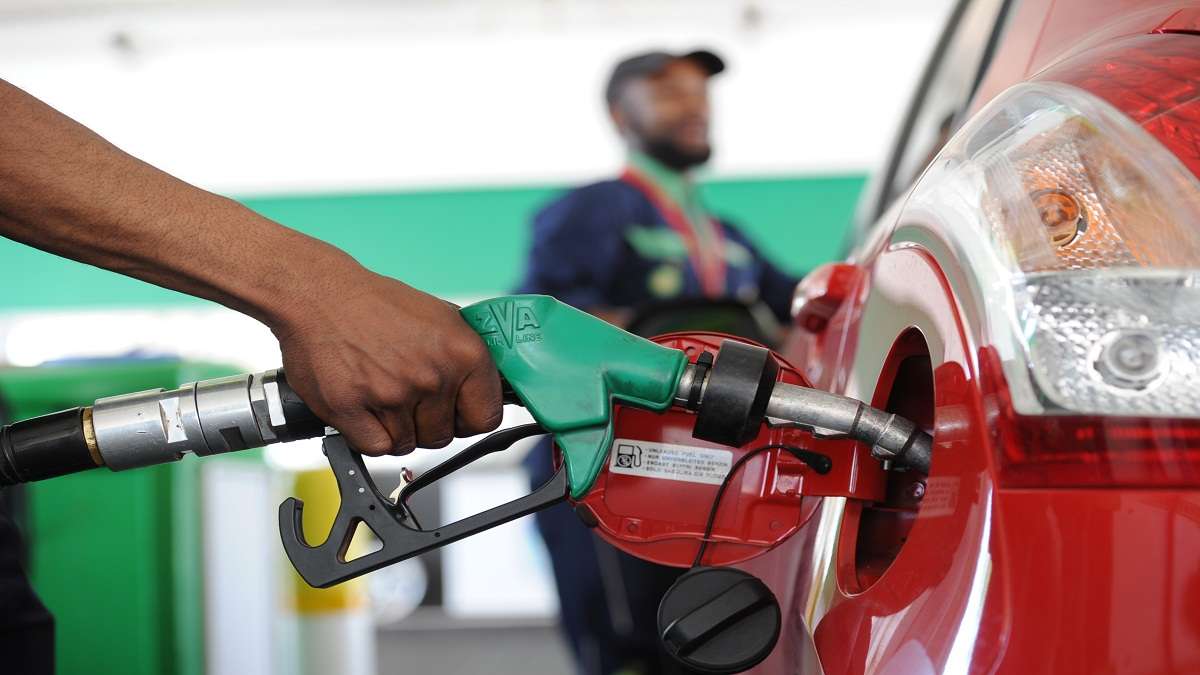Why Ruto is on the horns of a dilemma over the cost of fuel

A Fuel attendant holding a fuel pump at the filling station along Kimathi Street.
On the campaign trail, President William Ruto had promised to lower fuel prices. But, once in office, he found that subsidies to shield consumers from high global prices were unsustainable and that Kenya was caught in a worldwide oil crisis.
Oil-producing nations are worried about the dropping prices due to weak demand, especially from China, the world’s largest crude oil importer. China has continued with its strict Covid-19 curbs, which has disrupted its fuel demand.
Next month, the Organisation of the Petroleum Exporting Countries Plus (Opec+),will increase the pain at the pump after they agreed to cut global production by two million barrels a day. That, they argued, would depress the market and push prices up. Pressure from US President Joe Biden on Saudi Arabia seems not to bear any fruit.
And that means that like in other nations, President Ruto’s promise of cheaper fuel will not happen. While he had promised to bring down the cost of living “in the first 100 days”, the expected global oil crisis will be his Waterloo. During the campaigns, President Ruto blamed “corruption cartels at the Ministry of Energy” for the surging prices, saying, they “must be broken”.
In the last review of fuel prices on October 14, the Energy and Petroleum Regulatory Authority (Epra) reduced the super petrol price by Sh1 per litre and Sh2 for diesel, even though the global price had dropped by 10.6 per cent for super petrol and 6.8 per cent for diesel.
Mid this month, the International Monetary Fund warned that the global economy was headed for “stormy waters” as it downgraded its global growth projections for next year. It has warned of a harsh worldwide recession if policymakers mishandle the fight against inflation.
But, despite the complaints by Opec+ countries about the dropping fuel prices, analysts at Seeking Alpha say they are still higher than at any point over the past five years outside of 2022.
“It is unlikely that oil prices will fall back to $40, $50, or $60 in the foreseeable future, unless there is another black swan event. Oil prices could remain at the current level, or potentially even rise above it,” they wrote last week. Without a refinery and no strategic reserves, Kenya relies on the 21-day reserves set for oil marketers.
During his vetting, the Cabinet Secretary nominee for the Ministry of Energy and Petroleum, Mr Davis Chirchir, said he would back the establishment of strategic oil reserves to stabilise the prices. Over the years, the cash-stricken National Oil Corporation was supposed to maintain strategic oil reserve — the same way the National Cereals and Produce Board has the strategic food reserve. In 2008, then-Energy minister Kiraitu Murungi promised to have Nock stock at the optimal level of 90 days of consumption. The price of unleaded premium fuel had crossed the Sh100-per-litre mark for the first time.
The US has, since the Ukraine war, been drawing from its strategic reserves in the storage caverns in Texas and Louisiana Gulf coasts in order to stabilise its markets. This has sent the US strategic reserve to its lowest level since 1984. By mid-October, the US had only 400 million barrels, down from 700 million barrels, and the White House says they will be replenished once the prices reach between $67 and $72 a barrel — or lower.
Kenya paid Sh268.5 billion
Kenya has been buying its refined fuel from the spot market and relies on big refineries in the UAE, India, Saudi Arabia, and the Netherlands for supply. Official records indicate that, in 2021, Kenya imported 6.149 billion litres of refined petroleum worth US$3.48 billion or Sh410 billion.
Data from the Kenya National Bureau of Statistics (KNBS) show that Kenya paid Sh268.5 billion to import petroleum products in the first half of 2022. In April last year, the state introduced a fuel subsidy, which was to ease fuel costs by making wholesale prices nearly match the cost of selling diesel and petrol at the pump.
But there was fear that Kenya could run out of funds to subsidise fuel costs if prices kept rising, which would have pushed public debt to unsustainable levels. The country was unable to pay oil dealers due to a cash crunch at the Treasury.
President Ruto found that Kenya’s economy was between a rock and a hard place. He said: “If the subsidy continues to the end of the financial year, it will cost the taxpayer Sh280 billion, equivalent to the entire national government development budget.”
In December, European countries will be banning seaborne imports from Russia, but how the redirection of the fuels from Europe to other regions will affect the global markets remains to be seen. According to The Economist, “when the embargo starts, European insurance firms, which dominate the global shipping market, will be barred from offering cover to vessels carrying Russian oil.”
While big players like India and China can self-insure, “it could be a problem for smaller buyers who lack such means, such as the African countries, which in August imported 200,000 barrels per day from Russia when they had previously bought next to nothing.”
Global crisis
The other poser is a global crisis on refineries. This year, due to growing concerns about pollution by big refineries, China halved the export quota allowed for big refiners. And that means that, since India and China cannot take the entire crude oil from Russia, “the oil-product sanctions will cut into the amount of product on the market,” according to The Economist, and that might lead to a price increase.
Kenya seems to be looking towards Tanzania for an energy solution, and that explains why President Ruto’s recent visit to the country zeroed in on the construction of the 600km pipeline that would import gas from the Mtwara plant. The gas is meant for industrial use as diesel gets out of reach.
This month, Bloomberg said the global diesel market has hit “the chaos mode”, with one hedge fund manager telling the media that “end user stocks are extraordinarily low”.
IMF is asking countries in or near debt distress to start rethinking debt restructuring through the Group of Twenty’s Common Framework. It says this “is urgently needed to avert a wave of sovereign debt crisis. Time may soon run out”. The emerging energy nightmare is likely to be the biggest headache of Dr Ruto’s presidency.





